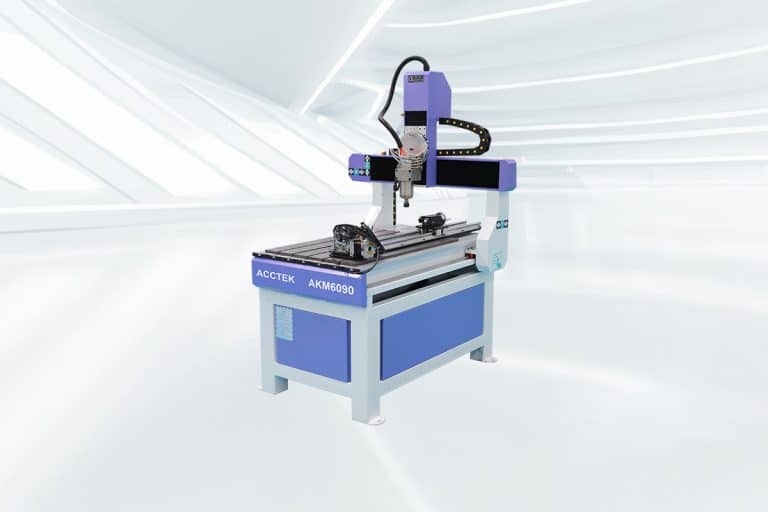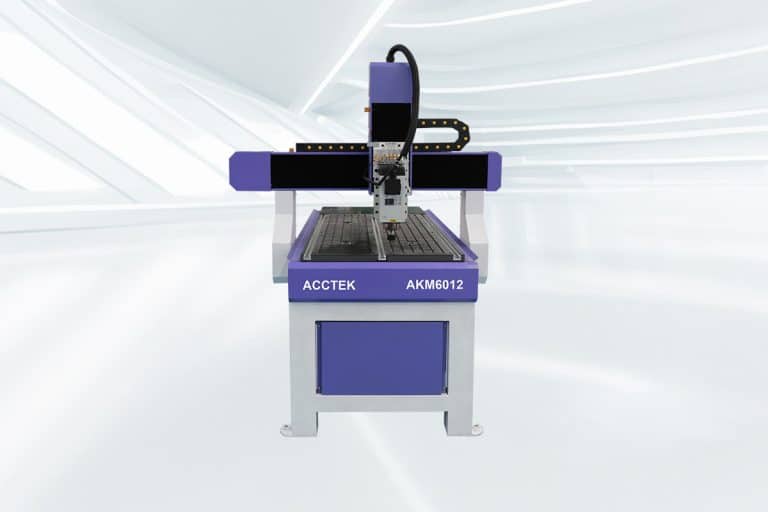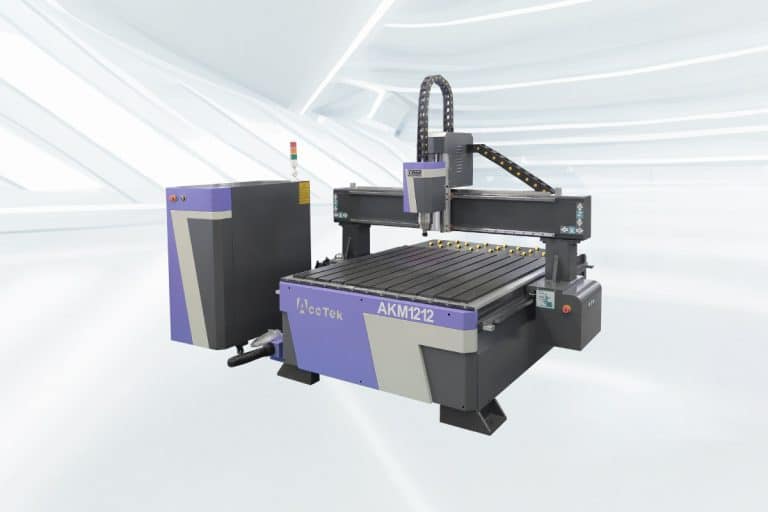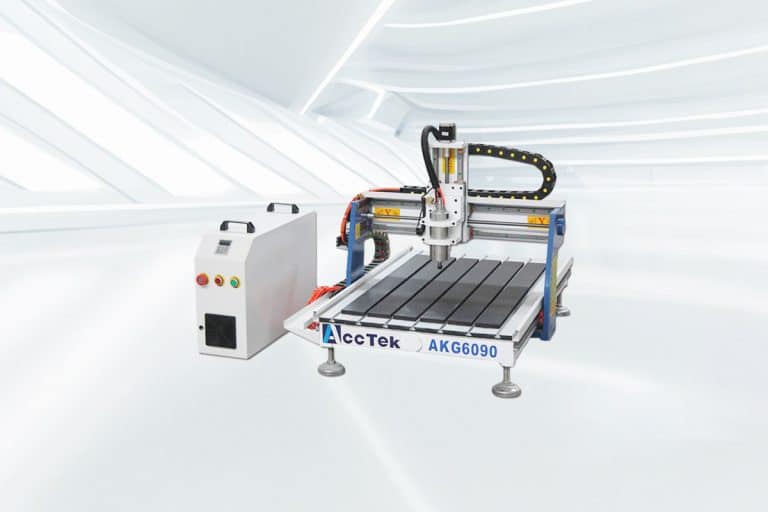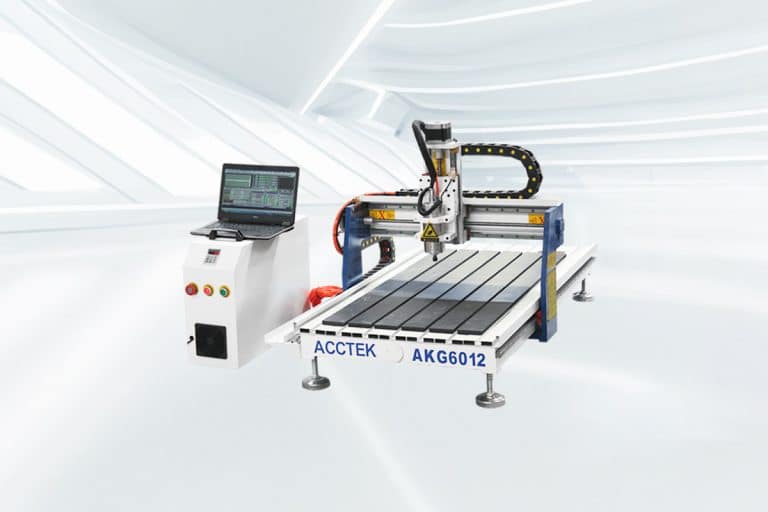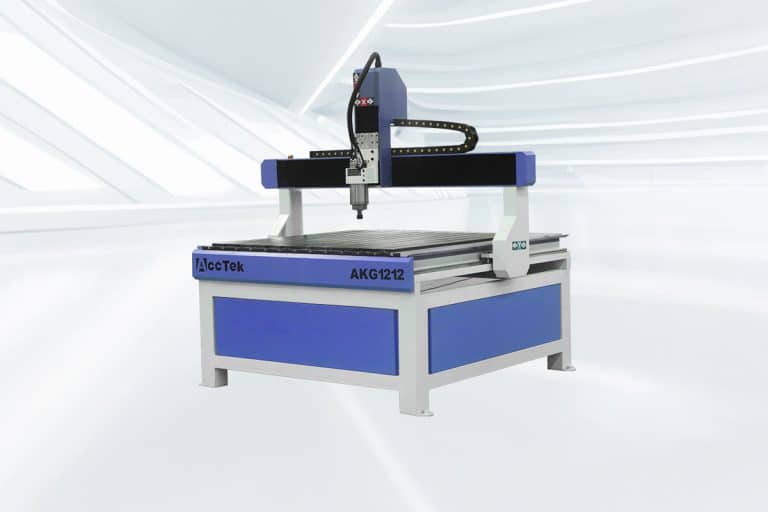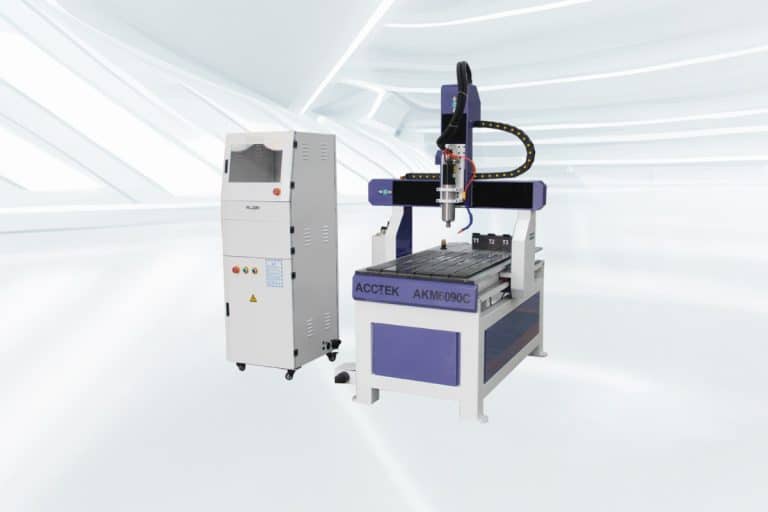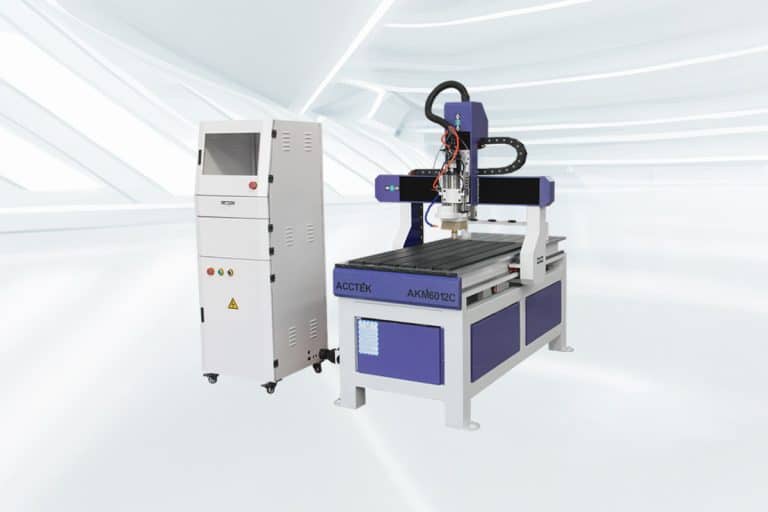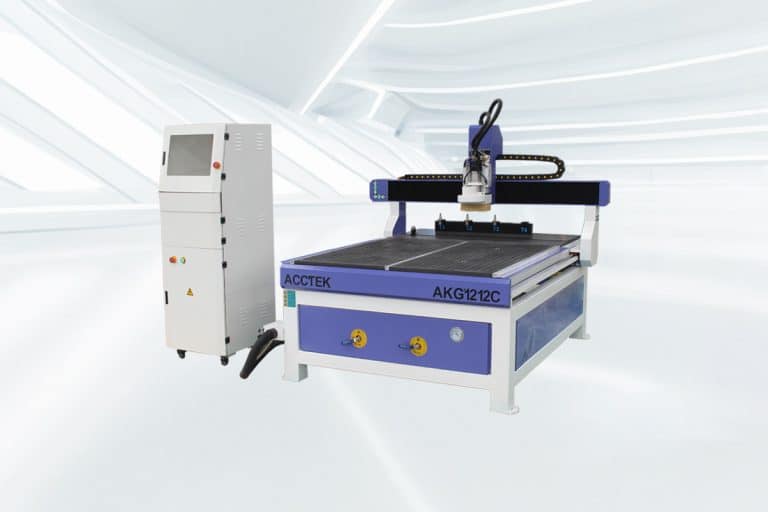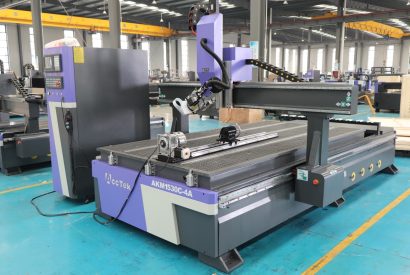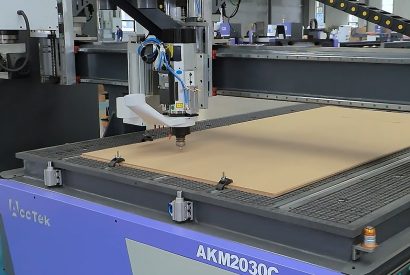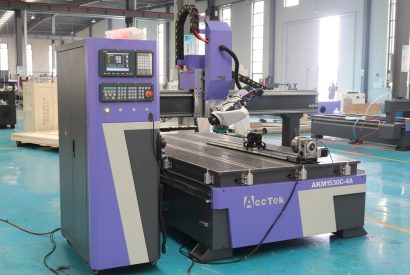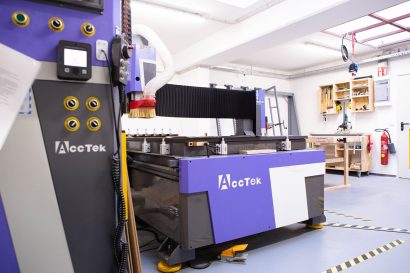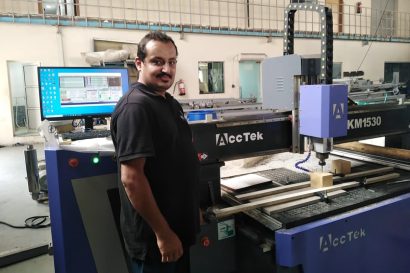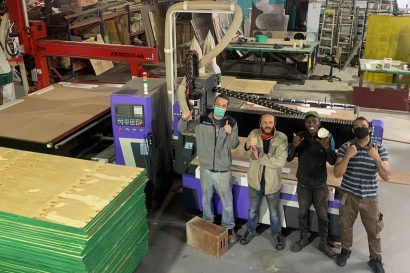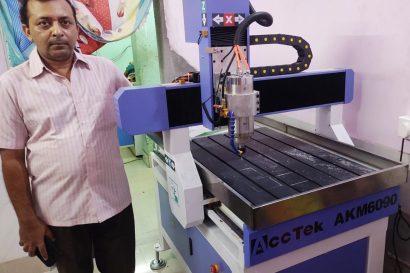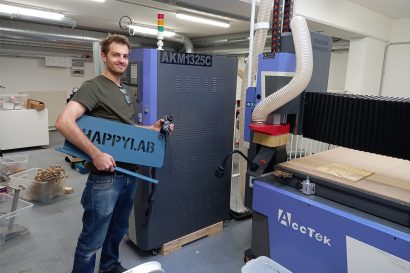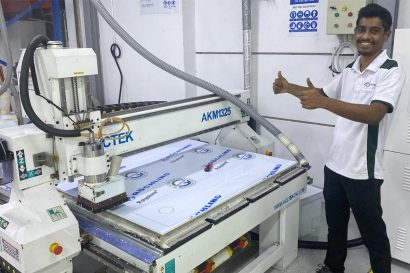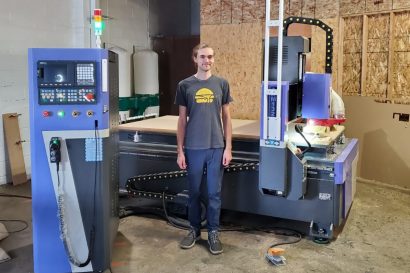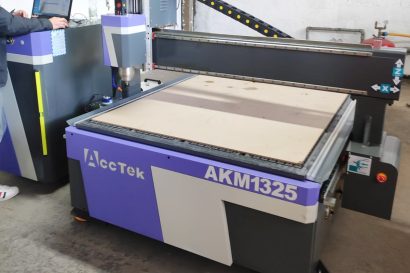Home CNC Router
Transform your home workshop with a Home CNC router, the perfect tool for precision crafting, woodworking, and DIY projects. Whether you’re a hobbyist, small business owner, or passionate maker, a CNC router opens up endless possibilities to create intricate designs, custom pieces, and professional-quality results, all from the comfort of your own space. Home CNC routers are designed to be user-friendly yet powerful, allowing you to automate tasks like cutting, carving, engraving, and milling with remarkable accuracy. With advanced software and easy-to-set-up systems, these machines can handle a wide range of materials including wood, plastic, rubber, and composites. Their versatility makes them ideal for producing everything from custom furniture and signage to detailed art pieces and prototypes.
Compact in size, a home CNC router doesn’t require a large workspace, making it suitable for garages, basements, or dedicated hobby areas. Whether you’re creating intricate designs for personal projects or expanding your small business capabilities, a home CNC router brings efficiency, consistency, and endless creativity to your hands. Explore our selection of top-rated, reliable home CNC routers that combine cutting-edge technology with intuitive design, ensuring that your projects are completed with precision and ease.
Tips For Choosing the Right Home CNC Router
Choosing the right home CNC router can significantly impact the quality, efficiency, and enjoyment of your projects. Whether you’re a hobbyist or a small business owner, selecting a CNC router that suits your needs is crucial. From machine size and material compatibility to software features and user-friendliness, there are several factors to consider.
Consider Your Workspace Size
Before making a purchase, assess the available space in your workshop. Home CNC routers come in various sizes, so it’s important to choose one that fits comfortably in your designated area without overcrowding it. Ensure there’s enough room for the machine’s movement and any additional tools or materials you’ll be working with.
Evaluate Material Compatibility
Different CNC routers are designed to handle specific materials, such as wood, plastic, metal, or composite. Consider the materials you’ll be working with most often, and choose a CNC router that supports those materials effectively. Some CNC routers offer more versatile capabilities, allowing you to expand your project types over time.
Determine Your Budget
Establish a clear budget before you start shopping for a CNC router. Prices can vary greatly depending on size, capabilities, and brand. While higher-end models offer advanced features and precision, many affordable options can still meet the needs of beginners and small businesses.
Look for User-Friendly Software
A CNC router is only as good as its software. Make sure the CNC router you choose is compatible with easy-to-use software, which is crucial for design creation, routing paths, and machine control. Some CNC routers come with proprietary software, while others may work with third-party programs.
Check for Easy Assembly and Setup
If you’re new to CNC routers, look for models with clear instructions and easy assembly. Many home CNC routers are designed for quick setup, making them suitable for beginners. Some machines even come pre-assembled, allowing you to start working almost immediately after purchase.
Focus on Precision and Accuracy
Precision is key when it comes to CNC routers. The quality of your cuts and engravings will depend heavily on the machine’s accuracy. Look for CNC routers with a high-resolution stepper motor and a sturdy frame to minimize vibration and ensure clean, detailed work.
Consider Speed and Power
Different CNC routers have varying speeds and power levels, which can influence the types of projects you can complete. If you plan to work with hard materials or require fast production, choose a CNC router with sufficient power and a higher spindle speed.
Check the Router’s Spindle Size
The spindle size plays a significant role in the types of tools you can use with your CNC router. Common sizes include 1/8″, 1/4″, and 1/2″. Make sure to choose a spindle that accommodates the bit sizes needed for your projects.
Examine the Build Quality and Materials
Durability is essential, especially if you plan on using your CNC router frequently. Look for machines made with robust materials such as aluminum or steel, which will provide stability and reduce the likelihood of wear and tear over time.
Look for Customer Support and Warranty
Good customer support and warranty options can make a significant difference in your CNC router experience. Opt for brands that offer accessible customer service, troubleshooting assistance, and a comprehensive warranty to protect your investment.
Assess Noise Levels
Some CNC routers can be noisy, which might be a concern if you’re working in a small or shared space. Look for models that are quieter or have noise-reducing features if sound is a consideration for you.
Explore Additional Features
Some home CNC routers come with extra features like dust collection systems, automatic tool changers, or touchscreen controls. While not essential, these additions can enhance your experience and increase the router’s versatility for larger or more complex projects.
What Materials Can the Home CNC Router Cut?
The home CNC router is a versatile tool that can handle a wide variety of materials, making it ideal for both hobbyists and small businesses. These machines are designed to cut, carve, and engrave materials such as wood, plastic, acrylic, and composites with precision. Many CNC routers are also capable of handling metals like aluminum and brass, though these may require more powerful models. The ability to work with different materials allows you to tackle a range of projects, from custom furniture and signs to detailed prototypes and artistic pieces. Whether you’re working with softwoods, hardwoods, or synthetics, a home CNC router can deliver consistent, high-quality results across a wide spectrum of materials.
Application Industry

Construction Industry
The integration of CNC routers into construction workflows has ushered in a new era characterized by meticulous detailing, rapid prototyping, and improved material utilization.

Aerospace Industry
The CNC router is widely used in aerospace engineering due to its unparalleled ability to carve complex designs, manufacture complex parts, and ensure tight tolerances.

Jewelry Industry
The CNC router revolutionize the way fine jewelry is designed and made by delivering unparalleled precision and efficiency and producing intricate designs with meticulous attention to detail.

Stone Carving Industry
The integration of CNC routers into the stone carving industry is not only revolutionizing the way craftsmen carve, it is also redefining the boundaries of artistic possibilities in this ancient practice.
Blog
How Does a Rotary Axis CNC Router Differ From a 4-Axis CNC Router?
This article explores how these rotary axis CNC routers and 4-axis CNC routers differ in structure, functionality, and application, helping you decide which is best suited for your production needs.
Read More
How to Optimize CNC Router Toolpaths for Fast Production of Signage?
In this article, we will explore how to effectively optimize CNC router toolpaths specifically for the fast production of signage to improve productivity and consistency in their signage projects.
Read More
Best Practices for Operating Industrial CNC Routers Safely and Efficiently
This article explores the best practices for operating industrial CNC routers safely and efficiently, providing actionable tips to help operators maximize productivity while maintaining a secure environment.
Read More
Operating a 5-Axis CNC Router: Tips, Techniques, and Best Practices
This article explores practical tips, proven techniques, and best practices for operating a five-axis CNC router, designed to help you maximize productivity and ensure consistent results.
Read More
Frequently Asked Questions
How Do Home CNC Routers Work?
Home CNC routers work through computer-controlled automation to perform precise cutting, carving, and engraving tasks. Here’s a breakdown of how they function:
- Design Creation: The first step involves designing your project on a computer using CAD (Computer-Aided Design) software. This design includes all dimensions and details, whether it’s a custom sign, intricate carving, or detailed cutout.
- Toolpath Generation: After designing the project, the CAD file is converted into a toolpath using CAM (Computer-Aided Manufacturing) software. The toolpath is a set of instructions that tells the CNC router exactly how to move the cutting tool across the material to create the desired shape.
- Machine Setup: Once the design and toolpath are prepared, you secure the material (such as wood, acrylic, or rubber) onto the CNC router’s workbed. You also select the correct cutting tool or bit for the material and the type of work being done.
- Automated Cutting Process: The CNC router’s stepper or servo motors control the movement of the cutting tool along the X, Y, and Z axes. The CNC router follows the toolpath, making precise cuts or engravings with minimal human input. The machine may also adjust speed, depth, and tool settings during the process for optimal results.
- Completion and Finishing: Once the CNC router has completed its task, you can remove the finished piece, which may need further sanding, painting, or finishing touches. The precision of the CNC router ensures that each cut is accurate and consistent, making it ideal for detailed or repetitive work.
What Can Home CNC Routers Do?
Home CNC routers are versatile machines capable of a wide range of tasks, allowing both hobbyists and small business owners to create precise, professional-quality products from the comfort of their workspace. Here’s what they can do:
- Cutting: CNC routers can precisely cut a variety of materials, including wood, acrylic, plastic, and soft metals. Whether you’re crafting custom furniture pieces, signs, or 3D models, a CNC router can handle intricate cuts with exceptional accuracy.
- Engraving and Carving: These CNC routers are perfect for adding detailed designs, logos, or decorative patterns to materials. With adjustable depths and fine-tuned control, you can carve complex designs into wood, metal, or plastic.
- Milling: CNC routers can mill parts from solid blocks of material, making them ideal for producing prototypes, mechanical parts, or small production runs. This process allows for precise shaping and finishing of components.
- Surface Flattening: Home CNC routers can be used to level or flatten the surface of materials like wood or composites. This feature ensures a smooth, even surface for further processing or finishing.
- 3D Relief Sculpting: With the right setup, home CNC routers can create 3D sculptures and relief carvings. Artists and makers use this function to produce intricate artworks, reliefs, and detailed textures on various surfaces.
- Routing and Drilling: These machines are also capable of drilling holes with precise depths and spacing, useful for furniture assembly, hardware installation, or creating detailed patterns.
How Much Do Home CNC Routers Cost?
The price of home CNC routers can vary widely based on factors like size, features, brand, and capabilities. Entry-level models designed for hobbyists and beginners typically range from $3,000 to $10,000. These machines often feature smaller cutting areas but provide enough functionality for basic woodworking, crafting, and small-scale projects.
However, when budgeting for a home CNC router, it’s important to account for additional costs. These include accessories, tools, software, and potential upgrades such as better spindles or more advanced control systems. The cost of accessories like bits, and dust collection systems can add up quickly. Furthermore, ongoing costs related to maintenance, materials, and software updates should also be considered.
The quality of customer support and the machine’s durability are crucial factors when evaluating long-term value. Investing in a reliable brand with excellent customer service and durable components can prevent additional expenses down the road.
Prices for home CNC routers can fluctuate due to technological advancements, market trends, and the specific needs of the user. As such, it’s highly recommended to thoroughly research and compare models, keeping in mind both initial and long-term costs, to ensure you select the right machine for your needs.
What Are The Risks of Using Home CNC Routers?
While home CNC routers are incredibly versatile and precise tools, there are certain risks associated with their use. Understanding these risks and taking proper precautions can help ensure a safe and efficient experience. Here are some of the primary risks to consider:
- Injury from Moving Parts: CNC routers have fast-moving parts, such as the cutting tool, motors, and gantries, that can cause serious injuries if proper safety measures aren’t followed. Accidental contact with these parts can lead to cuts, abrasions, or even more severe injuries. Always keep hands and other body parts away from the moving components and ensure the CNC router is powered off during setup or maintenance.
- Dust and Debris: The cutting process generates a significant amount of dust, especially when working with wood, plastic, or composites. Inhalation of fine dust particles can lead to respiratory problems, and flying debris can cause eye injuries. It’s essential to use dust collection systems and wear personal protective equipment (PPE), such as goggles, gloves, and dust masks.
- Electric and Fire Hazards: CNC routers run on electricity and may overheat if not used properly or maintained regularly. Faulty wiring, electrical malfunctions, or flammable materials near the CNC router can pose a fire risk. Always ensure that the CNC router is set up in a well-ventilated area, with no flammable materials nearby, and check the wiring and power supply before use.
- Software and Programming Errors: CNC routers rely heavily on software to generate cutting paths and control the machine. A programming error, incorrect settings, or miscalculated toolpaths can lead to damaged workpieces, equipment failure, or even safety hazards. Always double-check your designs and toolpaths before beginning a project, and test with scrap material when trying new setups.
- Overloading the Machine: Pushing the CNC router beyond its specified limits, such as attempting to cut harder materials than recommended or overloading the machine with excessive cuts, can lead to overheating, motor damage, or even machine failure. Be mindful of the CNC router’s specifications and limitations to avoid costly repairs.
- Improper Material Handling: Securely fastening the material to the CNC router bed is crucial to prevent movement during cutting. Loose or improperly mounted materials can shift during operation, causing inaccurate cuts, damaging the CNC router, or even causing the material to be thrown out of the machine. Always make sure the workpiece is firmly secured before starting the job.
- Noise Exposure: CNC routers can produce high noise levels, especially during extended use. Prolonged exposure to loud noises can lead to hearing damage. It’s advisable to wear ear protection while operating the machine, especially in a home environment where sound may not be contained.
How to Safely Operate Home CNC Routers?
Operating a Home CNC Router safely requires a combination of proper setup, ongoing maintenance, and adherence to safety protocols. By following these guidelines, you can minimize risks and ensure a smooth and productive experience. Here are key steps for safely operating your CNC router:
- Read the Manual and Understand the Machine: Before using your CNC router, thoroughly read the user manual to familiarize yourself with the machine’s components, operating procedures, and safety features. Understanding how the machine works and what each part does can help you operate it safely and efficiently.
- Wear Appropriate Personal Protective Equipment (PPE): Always wear safety gear, including safety glasses, dust masks, hearing protection, and gloves (though gloves should be removed during machine operation to avoid entanglement). PPE will protect you from flying debris, harmful dust, and loud noise while operating the machine.
- Ensure Proper Workspace Setup: Set up your CNC router in a well-ventilated area with adequate lighting. Make sure there are no flammable materials nearby, and the workspace is clear of any obstacles or clutter. This will not only prevent accidents but also improve machine performance.
- Secure Materials Firmly: Properly secure your workpiece to the CNC router’s bed before starting any operation. Use clamps, screws, or other fastening methods to prevent material movement during the cutting process. Loose materials can cause inaccuracies, machine damage, or even dangerous situations.
- Check for Obstructions or Loose Parts: Before starting the machine, double-check that there are no obstructions or loose components in the CNC router’s path. Ensure that all moving parts are functioning correctly and free of debris. This includes the cutting tool, gantries, and axes. A quick visual inspection can prevent issues during operation.
- Use Dust Collection Systems: CNC routers generate a lot of dust, especially when cutting wood or plastics. Use a dust collection system or vacuum to minimize airborne particles and keep your workspace clean. This will help maintain air quality, prevent fire hazards, and keep the machine in good condition.
- Test with Scrap Material: If you are working on a new project or using unfamiliar toolpaths, always run a test with scrap material first. This allows you to identify potential issues without wasting valuable materials or risking machine damage.
- Check Software Settings: Before starting a job, review your design and toolpath settings in the CAM software. Incorrect settings such as feed rates, cutting depths, or tool selections can lead to machine errors or material damage. Always verify these settings and make adjustments as needed.
- Monitor the Machine During Operation: While CNC routers are automated, you should always stay nearby and monitor the machine while it’s running. Be prepared to stop the machine immediately if anything unusual happens, such as a tool breaking or material shifting.
- Turn Off the Machine When Not in Use: Always turn off the CNC router when it’s not in use. Disconnect the power supply to avoid accidental startups or electrical hazards. Turning off the machine also conserves energy and reduces wear on components.
- Perform Regular Maintenance: To keep the CNC router functioning properly and safely, perform regular maintenance. This includes cleaning the machine, checking the moving parts for wear, lubricating the rails and motors, and ensuring all electrical connections are secure. Regular checks can help extend the lifespan of the machine and prevent costly repairs.
- Follow Safety Procedures for Emergency Shutdown: Familiarize yourself with the machine’s emergency stop procedures. Knowing how to quickly power off the CNC router in case of malfunction can prevent further damage to the machine or injury. Make sure the emergency stop button is easily accessible at all times.
How Precise Are Home CNC Routers?
Home CNC routers are known for their impressive precision, making them ideal for a wide range of projects, from simple cuts to intricate designs. The level of precision they offer largely depends on the machine’s build quality, the type of motors it uses, and the software controlling it. Here’s a breakdown of how precise home CNC routers can be:
- Accuracy: Most home CNC routers offer an accuracy range of 0.001 inches (0.025 mm) to 0.005 inches (0.127 mm), depending on the model and the material being used. High-end models designed for precision work can achieve tighter tolerances, while entry-level models may have slightly less accuracy. This level of accuracy is sufficient for a wide variety of tasks, including detailed carvings, custom signage, and prototyping.
- Repeatability: Repeatability refers to how consistently a CNC router can perform the same task under identical conditions. Home CNC routers generally offer repeatability within 0.001 to 0.002 inches (0.025 to 0.051 mm), meaning they can perform the same cut or engraving multiple times with minimal deviation. This is essential for batch production or creating multiple copies of the same design.
- Movement Control: The precision of a CNC router also depends on its movement along the X, Y, and Z axes. High-quality stepper or servo motors can ensure smooth, precise movements, reducing errors caused by backlash or vibration. Advanced CNC routers may incorporate ball screws or rack-and-pinion drives, which enhance movement accuracy and reduce mechanical wear over time.
What Customer Support Do Home CNC Routers Provide?
Home CNC routers come with reliable customer support options to ensure smooth operation and user satisfaction:
- Free Online Technical Support: Customers can access complimentary technical assistance through online platforms, including email, chat, or video support. This service is ideal for troubleshooting, software setup, or resolving operational issues remotely.
- Paid On-Site Training: For users requiring hands-on guidance, on-site training sessions are available at an additional cost. These sessions cover installation, operation, and maintenance to ensure optimal use of the machine.
What Is The Warranty Period of Home CNC Routers?
Our CNC router is backed by a comprehensive warranty designed to give you peace of mind and protect your investment:
- 3-Year Warranty for the Entire Machine: This full warranty covers any defects or malfunctions in the machine as a whole, ensuring reliable performance and longevity over time.
- 5-Year Warranty for Core Components: Key components essential for optimal machine operation are covered for 1.5 years. This includes parts that may experience wear and tear with regular use, ensuring you have support for the most vital parts of the machine.

